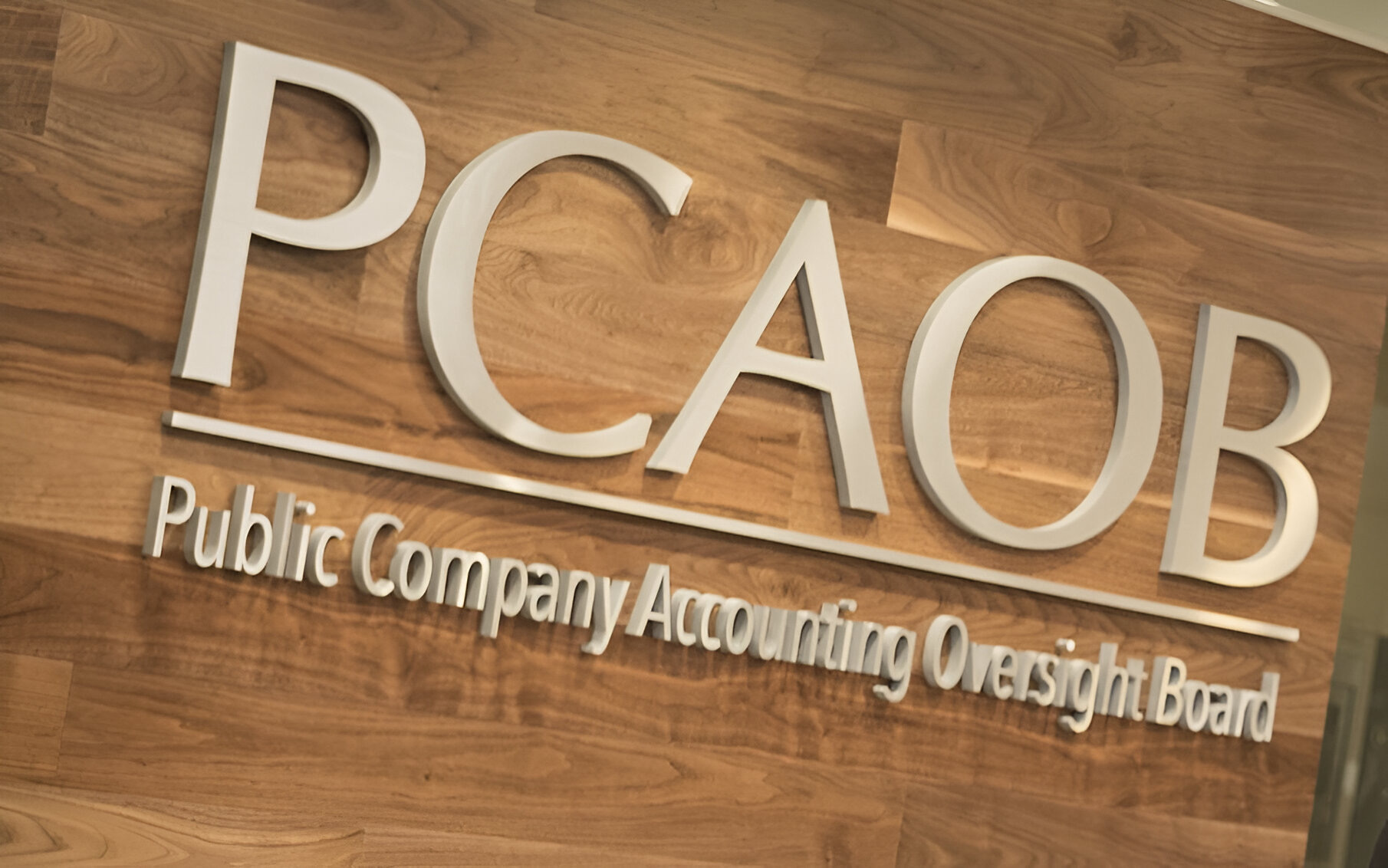WASHINGTON, April 22, 2013 — Nearly 50 percent of high school seniors in the U.S. can’t even guess how much money they will need to pay for college, and even greater numbers appear unable to understand the basic terms of a student loan. These are the key findings of the Credit Union National Association’s (CUNA) first annual High School Student Borrowing Survey.
The CUNA survey also found that a majority of students (70%) are confident that they will receive a high-paying job upon graduating, suggesting that students are willing to pay the cost of college tuition even while not understanding how their associated borrowing will affect their financial futures.
The Student Borrowing Survey polled 847 via the Internet from a population of high school students nationally (ages 17-18) on strategies for paying for college. Of those surveyed, a large majority knew neither the rates (83%) nor the duration (77%) of their expected or existing college loans.
The poll was conducted by CUNA in conjunction with Financial Literacy Month, which is observed each April. CUNA is the nation’s largest advocacy group for credit unions, which are cooperatively owned financial institutions. There are about 7,000 credit unions nationwide, counting 96 million members.
“These troubling findings suggest not just a lack of awareness of college cost or how debt works but also a lack of basic financial knowledge,” said CUNA Executive Vice President Paul Gentile. “The results suggest that some students could be challenged in managing basic expenses or using such payment tools as credit cards in a consistently responsible manner as they enter adulthood.”
Gentile added that even if students relied on parents to arrange financing, it’s still important for the students themselves to have a basic understanding of the level and type of college debt they are taking on.
He noted that the survey’s findings are also of particular concern because nearly three quarters (74%) of aspiring college attendees say they will need a combination of federal and private loans, family money and jobs to support their tuition. Only 20 percent of respondents reported that family will pay their tuition outright and even smaller percentages expected to get by with federal loans and grants alone (5.8%) or private loans and grants (2.01%).
Nearly twice as many respondents (25%) anticipate taking out two or more student loans rather than a single loan (13%), while the majority (60%) reported that they didn’t know how many loans they would need to graduate.
Larger Amounts Make Longer Terms A Benefit, Says CUNA
Given the new reality of more loans at larger amounts for most borrowers, CUNA is lobbying the government to allow student loans of longer duration than the current standard, which is 15 years.
“The 15-year standard student loan made sense in years past when the total debt taken out was much lower,” Mr. Gentile said. “College is a lifetime investment. The value of a longer term is you can better structure the loan to allow for smaller payments in the early work years. That is typically when most borrowers struggle as their careers are just beginning. Once their careers pick up an they are better able to manage the debt, so a longer term helps marry up those two realities.”
Of the respondents who do have an idea of how much money they will owe when they graduate, 22 percent say they will owe $11,000 – $50,000. Fifteen percent expect debt of $10,000 or less. Thirteen percent of respondents expect to have more than $50,000 in debt at graduation.
Survey Respondents Span Country, Income Brackets
More than one third of respondents (33%) reported family income of less than $25,000, 11 percent less than $50,000, 19.5 percent less than $100,000, 15.5 percent less than $150,000 and 21 percent more than $150,000. The respondents were 66 percent female, mirroring the gender gap in college applications. The United States Census Bureau regions reported were representative as well, with no region making up more than 19 percent of responses.
While the survey did not specifically reflect credit union membership, Mr. Gentile also noted that due to the mutual, member-owned business model adopted by credit unions, CUs offer better interest terms overall. Credit union private student loans also perform better than other student loans with a much lower default rate. Currently, CU student loan defaults stand at about 1.6 percent, compared to just under six percent for all private student loans and more than 12 percent for Federal loans.
Thanks for reading CPA Practice Advisor!
Subscribe Already registered? Log In
Need more information? Read the FAQs
Tags: Accounting, Payroll, Taxes



